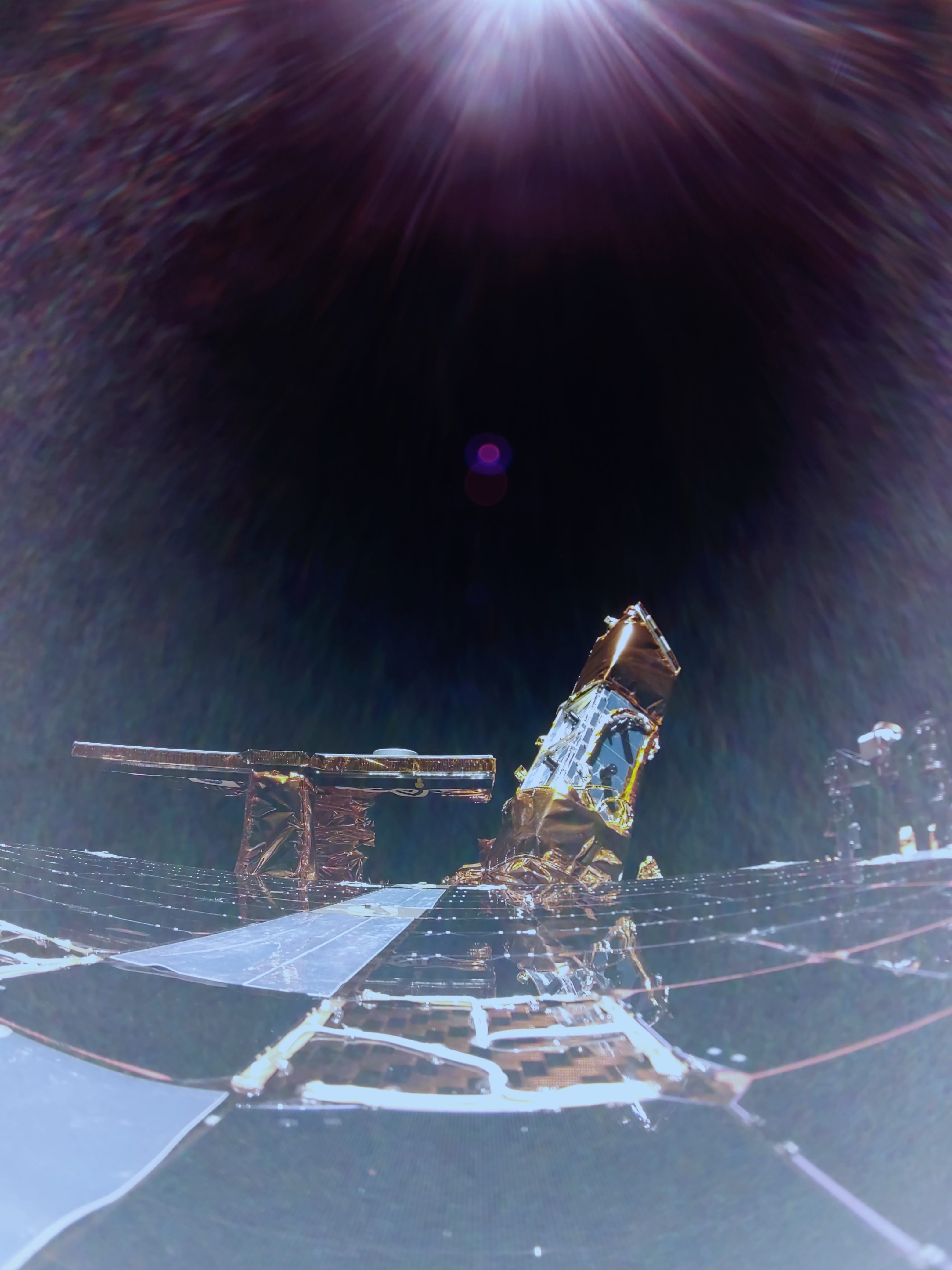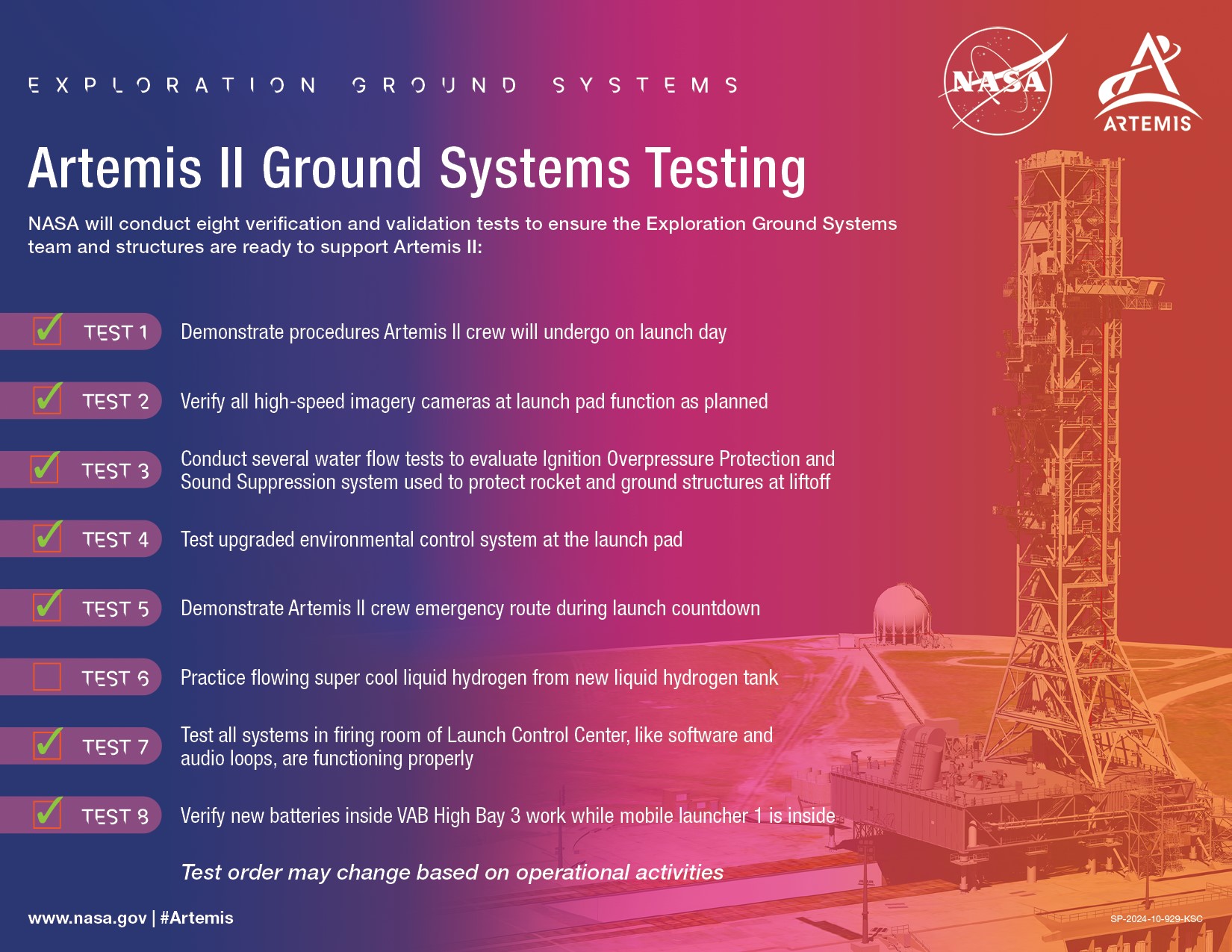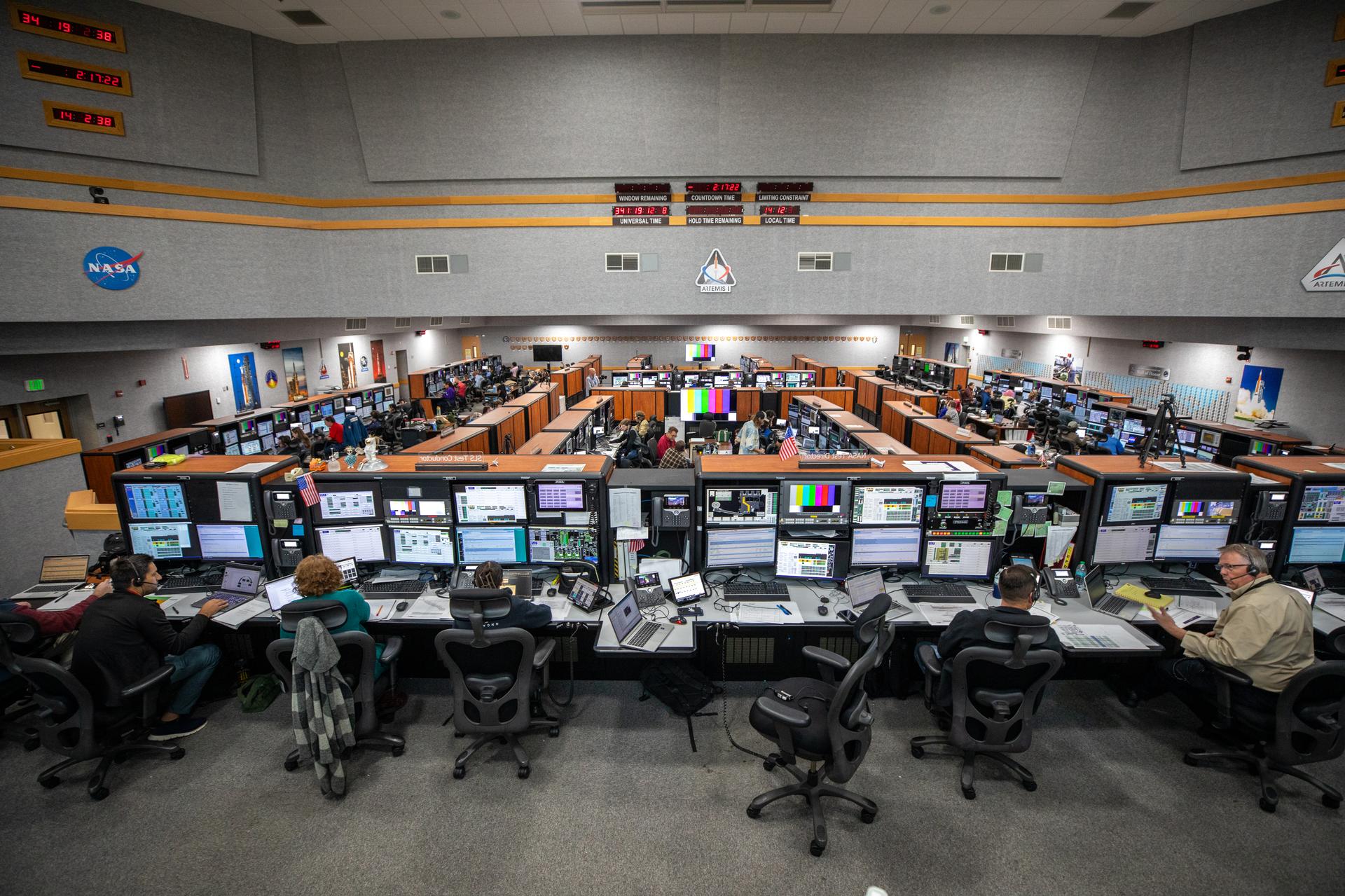On Jan. 15, Firefly Aerospace successfully launched 10 NASA science and technology instruments on the company’s first CLPS (Commercial Lunar Payload Services) delivery. The NASA instrument teams are performing initial health checks and collecting data ahead of the lunar landing in early March. Flight controllers for Blue Ghost Mission 1 said Wednesday that the company’s spacecraft continues to meet mission milestones including acquisition of signal, and maintaining communications through its Mission Operations Center in Cedar Park, Texas.

Six NASA payloads aboard the flight, including the Radiation Tolerant Computer (RadPC) technology demonstration, Stereo Camera for Lunar Plume-Surface Studies (SCALPSS), Lunar PlanetVac (LPV), Lunar Instrumentation for Subsurface Thermal Exploration with Rapidity (LISTER), Lunar GNSS Receiver Experiment (LuGRE), and the Electrodynamic Dust Shield (EDS) are already sending initial data back to Earth. All NASA payloads are healthy, and additional payload data sets are expected during this transit period, as the mission continues its 45-day trajectory before landing on the surface of the Moon.
Stay tuned to NASA’s Artemis blog for agency science and tech aboard Blue Ghost Mission 1 updates, as well as Firefly’s Blue Ghost Mission 1 page for additional operational updates.






